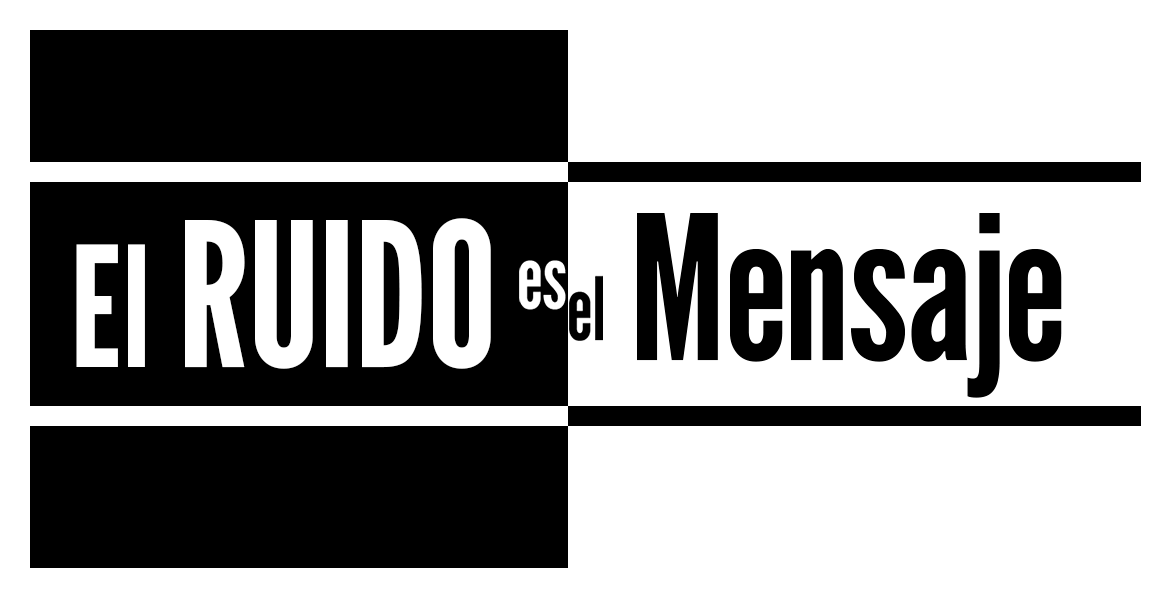 Sol Rezza | PH: Marcos Pignani
Sol Rezza | PH: Marcos Pignani
Interview with Sol Rezza
Water is an incredibly interesting everyday element of which we sometimes forget the transformative cycle to which it belongs and which makes this space in the universe so special.
Pool is an experimental music piece based on the idea of the transformative power of water commissioned by the Tsonami Festival and Kunst Radio.
The Tsonami Festival of Sound Art (Valparaíso, Chile) has been working for a little over 10 years in the diffusion and promotion of all art linked to the sound environment, being one of the most prestigious in Latin America, at least in the southern cone. It has a program of residencies, a means of communication and it carries out in particular, a festival of concerts, performances and interactions with the community, always close or in the month of December.
For the 2019 edition, in association with Kunst Radio (Austria), they decided to commission pieces from various artists to work on the specific theme of Water. POOL: The Possibilities of Water is the result of the commission assigned to Sol Rezza.
I started by looking for small sounds inside my sonogram that I’ve been putting together and recording for years. There, I found water drop recordings that I had made in a recording studio in Mexico that I had never used before, sounds of waves recorded in Ecuador that I transformed until I reached a white sound that gave the impression that it moved like a wave but was not a wave.
I thought of the 25-minute piece as a score where various forms with which we interact with water are intermingled. Working each sound as a loop, in an attempt to approach the analog tape composition forms developed in the 60s by Delia Derbyshire along with Brian Eno’s generative composition forms.
That’s why the piece is called Pool or can also be read as Loop, a play on words between the way the work is done and the history of the work.
This first meeting process (the one of the waves and the white sound) made other sounds come to light, mainly the sound of a rather old washing machine that I recorded in HALLE, Germany two years ago and that gave me the possibility to play rhythmically with a sound that resembles the skeleton of electronic music but that does not come from purely digital elements but from tiny cuts of the audio of this old device.
Each score was worked separately and contains a sound element associated with water, then each of the instances was chained together until they began to tell a sound story, a continuum of sound.
I didn’t particularly want to talk about water, I wanted the water to be felt somehow. That was the main element of the work, and the sound of water alone tells stories. It’s very powerful sound, did you ever hear the ice cracking under your feet? Even if you had never had that experience, hearing that sound produces an explosion of sensations. Just like the sound of a drop announcing the end of a storm or being used for psychological torture in prisons for years.
The sound of a single drop opens up the world of space, tells us more about a space than light. It is a rhythmic sound that gives us very complex sensory parameters.
 SOL REZZA | PH: Marcos Pignani
SOL REZZA | PH: Marcos Pignani
I learned with POOL to work under different conditions. At a time when my studio was not set up, I had to work in a unique way and break with my work and creation processes.
POOL required long processes of audio editing, cutting and assembling the sound fragments and then creating rhythms with each of them. This process in a silent, hardened studio is given in a way, the space in which I found myself was constantly changing my way of listening to these mini-loops. In the morning they sounded one way, the next day, the sound had changed drastically despite being the same and all because of the sound landscape around me, which constantly transformed my way of listening.
At times these drastic changes of spaces or soundscapes helped me to imagine new sounds, at other times they interfered in a chaotic way with the editing process.
Adapting and being attentive to the transformations, that’s what this piece taught me. The same thing I wanted about water was reflected in the process of making the piece.
